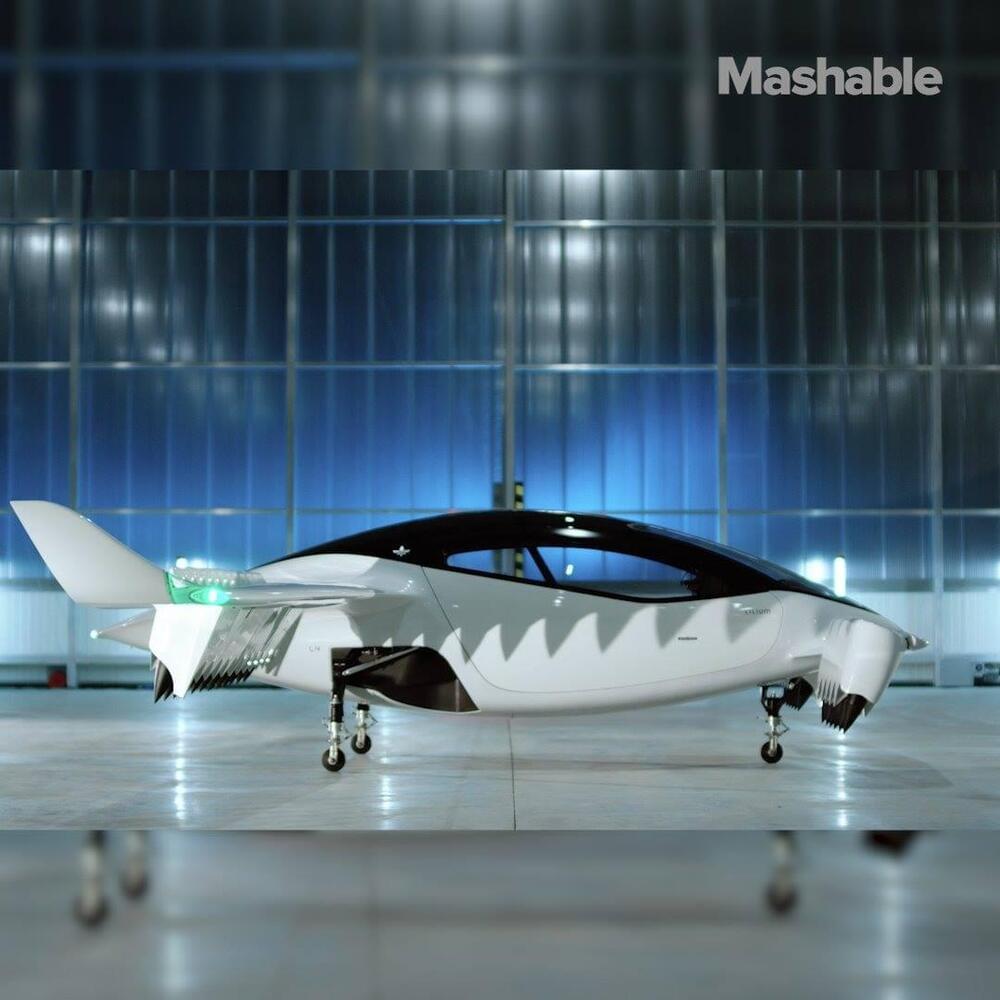Earth´s Moon may have been habitable and hosted life billions of years ago: a hypothesis re-evaluated.
An Outrageous Hypothesis Re-Evaluated.


It should come as little surprise that pioneering work in biological robotics is as controversial as it is exciting. Take for example the article published in December 2021 in the Proceedings of the National Academy of Sciences by Sam Kreigman and Douglas Blackiston at Tufts University and colleagues. This article, entitled “Kinematic self-replication in reconfigurable organisms,” is the third installment of the authors’ “xenobots” series.

Engineers working to reverse the proliferation of greenhouse gases know that in addition to reducing carbon dioxide emissions we will also need to remove carbon dioxide from power plant fumes or from the skies. But, what do we do with all that captured carbon? Matteo Cargnello, a chemical engineer at Stanford University, is working to turn it into other useful chemicals, such as propane, butane or other hydrocarbon fuels that are made up of long chains of carbon and hydrogen.
“We can create gasoline, basically,” said Cargnello, who is an assistant professor of chemical engineering. “To capture as much carbon as possible, you want the longest chain hydrocarbons. Chains with eight to 12 carbon atoms would be the ideal.”
A new catalyst, invented by Cargnello and colleagues, moves toward this goal by increasing the production of long-chain hydrocarbons in chemical reactions. It produced 1,000 times more butane—the longest hydrocarbon it could produce under its maximum pressure—than the standard catalyst given the same amounts of carbon dioxide, hydrogen, catalyst, pressure, heat and time. The new catalyst is composed of the element ruthenium—a rare transition metal belonging to the platinum group—coated in a thin layer of plastic. Like any catalyst, this invention speeds up chemical reactions without getting used up in the process. Ruthenium also has the advantage of being less expensive than other high-quality catalysts, like palladium and platinum.
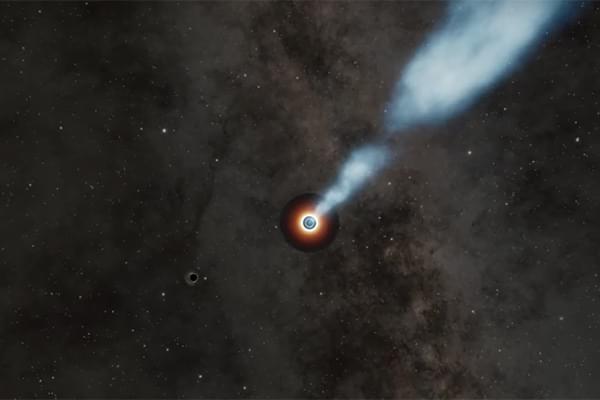
Astronomers have discovered a pair of supermassive black holes that whirl around each other every two years.
A team of astronomers has caught two supermassive black holes in the process of merging. It’s only the second time we’ve observed such a close cosmic tango and this pair are even more tightly entwined than the first duo, offering unique insights into how such mergers unfold.
The black holes in question sit some 9 billion light-years away in the heart of a distant galaxy. As one of them gorges on surrounding material, it creates a radio jet that just so happens to be pointing directly at Earth. Such objects, which we call blazars, are volatile, typically flaring and dimming randomly.
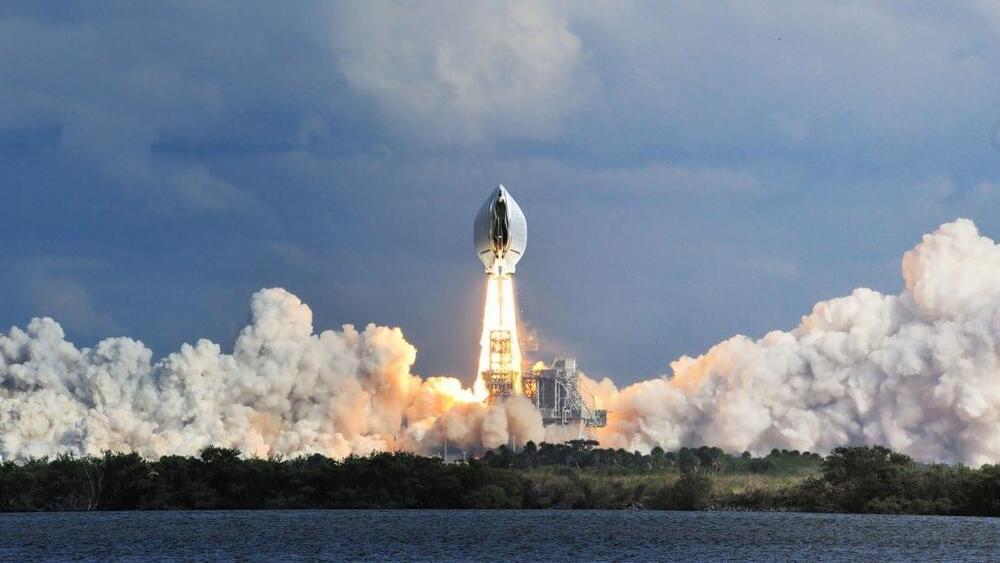
A German feminist art group has revealed a vulva-shaped spaceship design, which it is encouraging the European Space Agency to help realize in order to better represent humanity in space and “restore gender equality to the cosmos.”
The group Wer Braucht Feminismus? (WBF?), which translates to “Who Needs Feminism?”, created its Vulva Spaceship concept to challenge the convention of phallic spacecraft design.
It says sending a yonic craft instead would signal inclusivity and has started a petition on change.org calling on the European Space Agency to consider the project.
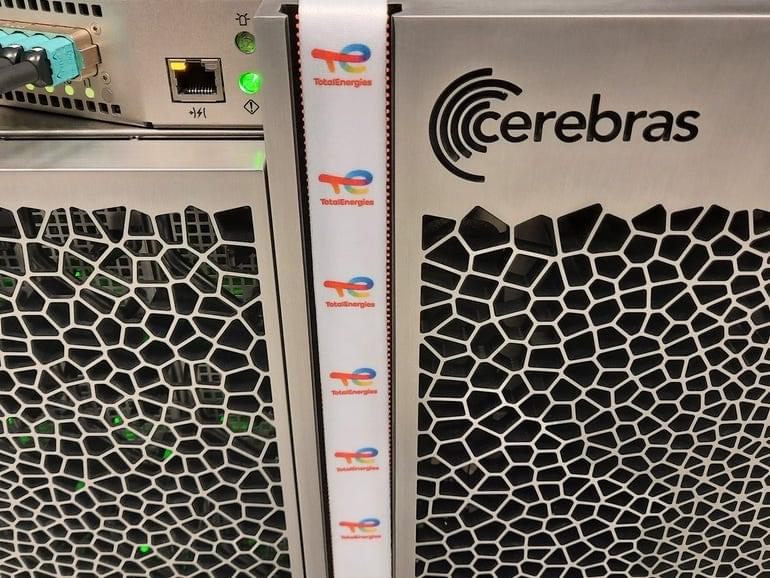
“There are a lot of partnerships where you’re carpooling to go to the nightclub, and then there are long-term collaborations,” said Saubestre. “We are fiancés for the time being, but we are trying to make this couple work.”
“There’s a lot that can be optimized, and there’s a lot of potential, and that was the reason to go into this partnership with someone who is as keen as we are to make it happen,” said Saubestre. “We’re hoping to retain this competitive advantage that we’ve had over the years and inventing the future machines to run our simulations.”
Added Saubestre, some vendors with whom TotalEnergies works focus on selling cloud services, but such services aren’t necessarily ideal for the kinds of work the energy giant needs to get done.
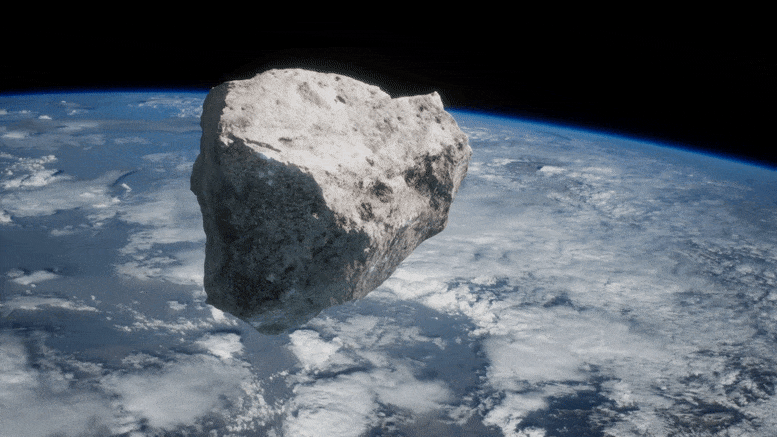
For a few tense days this January, a roughly 70-meter asteroid became the riskiest observed in over a decade. Despite the Moon’s attempt to scupper observations, the asteroid is now known to be entirely safe.
Initial observations of an asteroid dubbed ‘2022 AE1’ showed a potential Earth impact on July 4, 2023 – not enough time to attempt deflection and large enough to do real damage to a local area should it strike.
Worryingly, the chance of impact appeared to increase based on the first seven days of observations, followed by a dramatic week ‘in the dark’ as the full Moon outshone the potential impactor, ruling out further observations. As the Moon moved aside, the skies dimmed and ESA’s Near-Earth Object Coordination Centre (NEOCC) took another look, only to find the chance of impact was dramatically falling.


